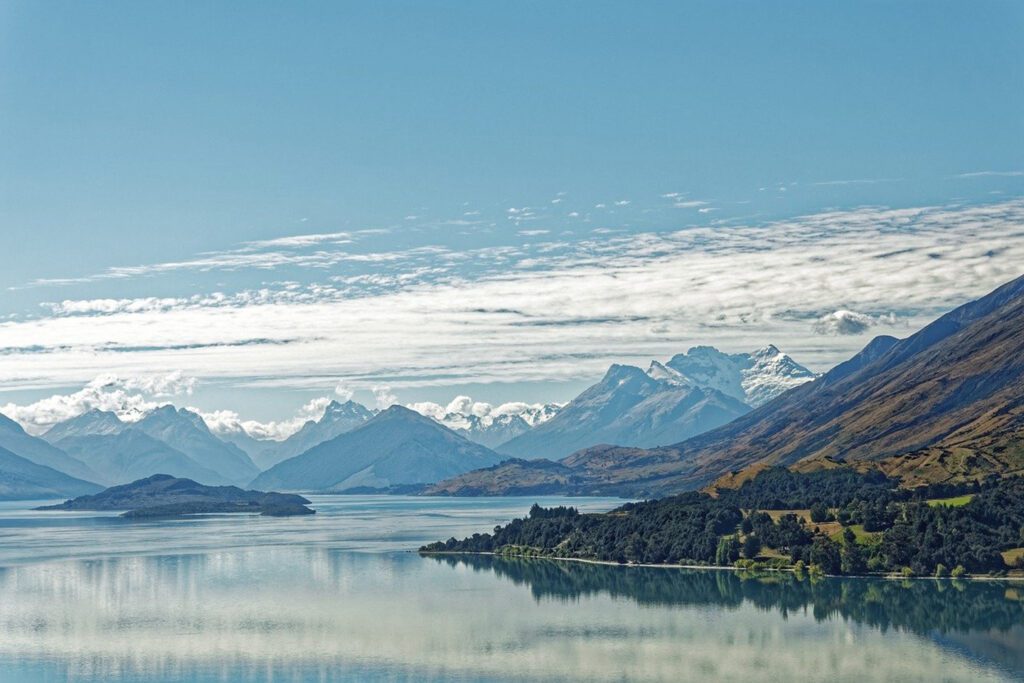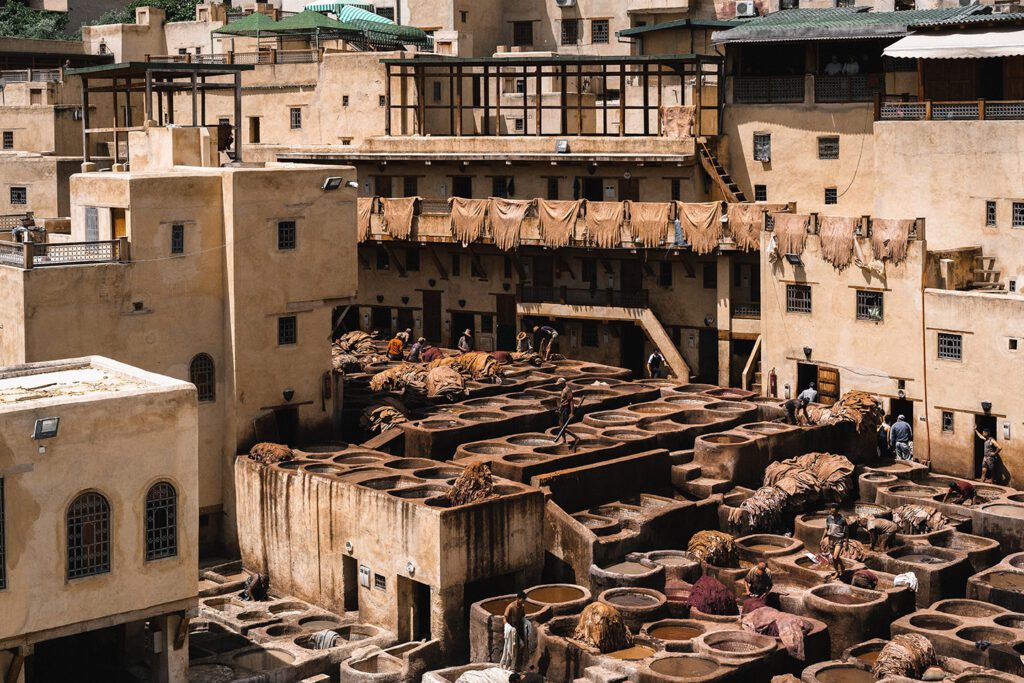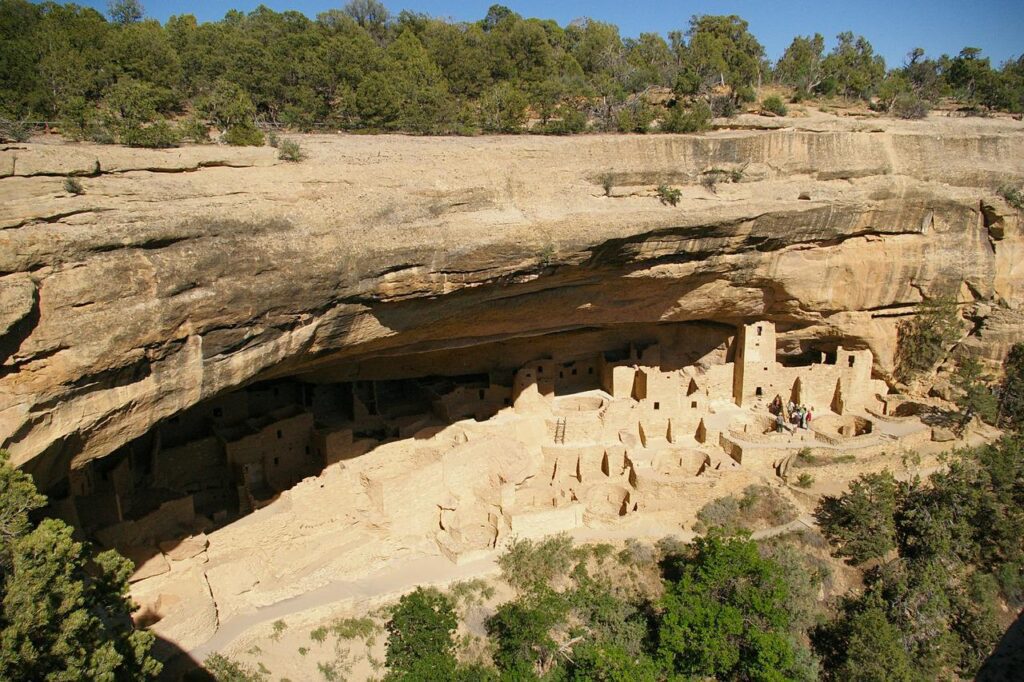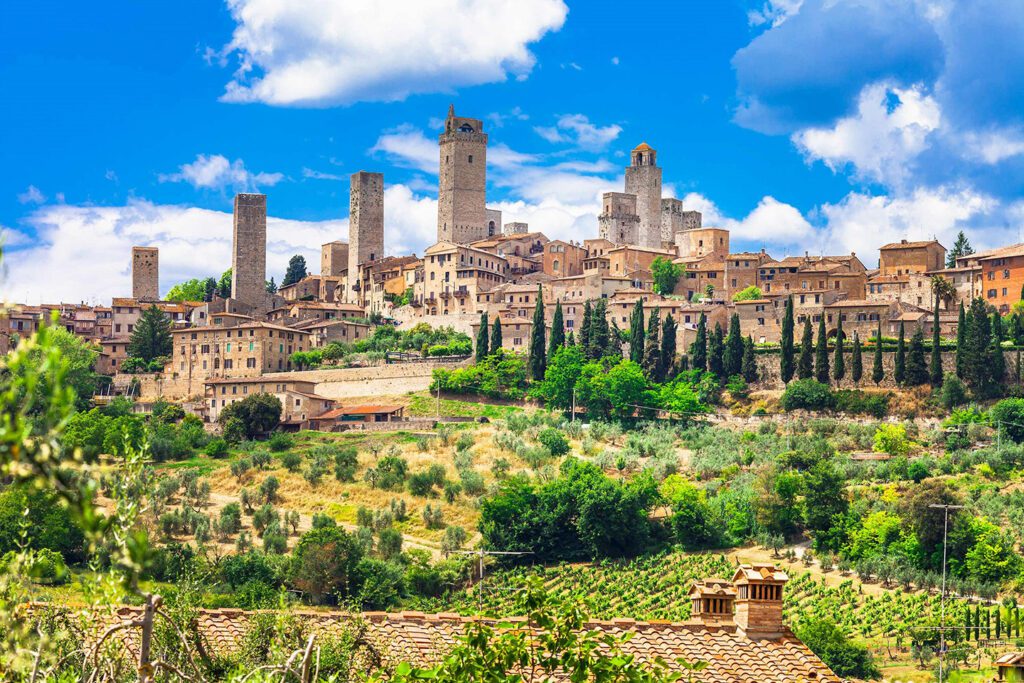Recently updated on May 2nd, 2024 at 05:22 pm
Some places on earth are otherworldly. From the ancient city of Troy (in modern day Turkey) to the jaw-dropping scenery of New Zealand’s Fiordland National Park – here are 6 unique UNESCO sites you can visit with Trafalgar.
What is a UNESCO World Heritage Site?
A World Heritage Site is a cultural or natural landmark deemed to have ‘outstanding value to humanity’ by the United Nations Educational, Scientific and Cultural Organisation (UNESCO).
The heritage list was created in 1972 to classify places that would benefit from UN and government protection and hold importance for past, present and future generations. As of April 2022, there are 1,154 World Heritage Sites, which all meet the World Heritage Criteria for Selection – as examples of ‘masterpiece of human creative genius’, ‘testimony to cultural tradition’, ‘natural phenomena’ and more.
These sites belong to all people and it is our duty to protect them. Now a question for you: are you ready to travel?
6 unique UNESCO sites to explore with Trafalgar
Fiordland National Park (New Zealand)


Fiordland National Park was awarded World Heritage status in 1990 and covers a gigantic 12,607 km² of New Zealand’s South Island. And mother nature was definitely showing off here. This colossal stretch of paradise is full of sky-high trees, temperate rainforest, glacier-carved cliffs, majestic mountains, thunderous waterfalls, green meadows (full of wildflowers) and glistening lakes.
For starters, travellers must admire Lake Hauroko: the deepest lake in New Zealand (1515 feet deep), which glistens in one of the park’s many mountain valleys. You’ll want to take a refreshing dip here to take a break from walking, especially on a hot day.
Elsewhere, Milford Sound makes your heart skip a beat. This majestic fjord was created when the sea flooded a glacial valley – and is now an inlet in the Tasman sea. The indigenous Māori people discovered it over 1,000 years ago, but today moments here erase all sense of time. You feel yourself say ‘How can somewhere be this beautiful?’ as towering peaks, flowing waterfalls, and ultra-clean air engulfs you from all sides.
Take the opportunity to take a cruise or dive, snorkel and kayak in the blue waters. Or explore Lake Te Anau (344 km² in size), where you can spot penguins, seals and dolphins. As well as the takahe bird and kea (the world’s only alpine parrot).
Explore this and more UNESCO sites on our New Zealand Uncovered tour.
Medina of Fes (Morocco)


Set in the lowlands between the Rif and Middle Atlas mountains in northeastern Morocco, the medina in Fes represents the most preserved medieval city in the Muslim world. Founded in the 9th century, locals consider it the spiritual and cultural capital of Morocco (awarded World Heritage List status in 1981).
Huge walls enclose the medina and ornamented entryways provide access to an an enchanting maze of winding allies and bustling souks that spill out into gardens, mosques, fountains, palaces, hammas (public bath houses), madrasas (Islam schools) and foundouk (inns).
Travellers feel ancient traditions still alive here: including cloth-weaving, carpet-making and leather-tanning. And of course, you need to haggle the prices of local goods like lamps, spices and locally-made trinkets in the souk stalls.
The diverse architecture also deserves your time and appreciation. Ranging from the colossal R’cif Mosque and Al-Karaouine university (the oldest university in the world) – to tiny squares and hidden street corners. And indeed, Fes’ architecture influenced architectural styles in North Africa, Andalousia and Sub-Saharan Africa.
Ready to explore Fes (and other UNESCO sites) on our Spain, Morocco and Portugal tour in 2023?
Canadian Rocky Mountain Parks – Mount Robson


Feel ultimate calm at Mount Robson, part of the Canadian Rocky Mountain range that was awarded UNESCO World Heritage status for its outstanding natural beauty in 1990.
At 12972 feet tall, Mount Robson makes us feel the mind blowing power of nature . Especially when we see the remnant valley glaciers, ice fields, alpine meadows, lakes, waterfalls and karst cave systems surrounding it. Pure paradise.
And remarkably, this area allows us to peer back into pre-historic times and shows evidence of evolution. As fossils of extinct unknown creatures have been found and scientists are fascinated by the glacial geology of the area.
If you’re travelling here soon, don’t leave without stopping by the nearby Berg Lake Trail – a 23km stretch that passes through three biogeoclimatic zones. Travellers passing the Valley of Thousand Falls on this trail have a high chance of seeing glacier chunks slide into Berg Lake below. A remarkable sight. So what are you waiting for?
GET INSPIRED BY: Spectacular Canadian Rockies tour
Archaeological Site of Troy (Turkey)


Many have heard of the Battle of Troy and story of the Trojan horse (in 12-13th centuries BC), immortalised by Homer’s Iliad and Odyssey. Or perhaps you’ve watched the 2004 film with Brad Pitt, Orlando Bloom and Diane Kruger?
But it was not until German archaeologist Heinrich Schliemann’s dig in 1870 – when he discovered Tory – that people realised it still existed. Yes, that’s right – the archaeological site of Troy is found on Hisarlik hill, in southwest Turkey, facing the Aegean coast.
Travellers can admire the theatres, house foundations, sewage systems and bathhouses that excavations have dug up. Plus city walls so colossal only gods could have built them. Amazingly, although lost from 500 BC, today every rock and handful of soil in Troy tells ancient tales. You must take your time to walk around here and pop into the Troy Museum, which contains amazing artefacts including the Luwian Seal – the oldest written document in Troy (dating back to the Bronze Age).
This site has been one of the UNESCO sites since 1998 because it shows the first sign of contact between the civilisations of Anatolia and the Mediterranean world; and helps us understand how early European civilisations developed.
GET INSPIRED BY: Best of Turkey tour
Mesa Verde National Park (USA)


Take a journey into indigenous American history at Mesa Verde National Park in Montezuma County, Colorado. Between the 550 and 1300 AD, the Ancestral Pueblo peoples lived in 600 sandstone and mud cave dwellings here, carved into the canyon walls. These were their villages: where they danced, relaxed, ate, played and slept. The most outstanding of which was ‘Cliff Palace’ – home to 150 rooms and 20 kivas (religious ritual rooms), where it’s believed administrative duties also took place.
Understandably, Mesa Verde National Park was added to the UNESCO sites list in 1978 for being a ‘traditional human settlement’ and for providing an ‘archaeological laboratory’ for building knowledge of the Ancestral Pueblo people.
This is a must-visit sight for all those interested in indigenous history – as 26 Native tribes still thrive here, as well as 4000 archaeological sites showcasing 700 years of history.
Elsewhere, nature-lovers will adore the 640 plant species here. Plus the range of wildlife including the endangered Mexican Spotted Owl. See if you can spot one!
GET INSPIRED BY: Colourful Trials of the Southwest tour
RELATED CONTENT: The one-of-a-kind trip that celebrates Native American history
The Historic Centre of San Gimignano (Italy)


Climbing 1,063 feet over green Tuscan countryside and enveloped by 13th century walls, is the historic centre of San Gimignano. Situated just south of Florence, it has been one of the world’s most beloved UNESCO sites since 1990 – and all who explore this medieval gem forget the outside world exists within seconds.
Make sure to wind away afternoons in the Piazza della Cisterna (the central square) – admiring medieval houses, stone palaces, wells and late Roman churches. Or sip a cool glass of wine and watch the 8,000 locals living out tranquil lives.
Elsewhere, we recommend climbing the stairs up to the Torre Grossa tower for breathtaking views of terracotta roofs, grapevines and orchards peppered on rolling hills. Back between the 11th and 13th centuries, rich aristocratic families built 72 huge tower houses to show off their wealth and power, but only 14 remain today after the Black Death wiped out the town (from 1353) and many crumbled away. This is another reason San Gimignano is worthy of UNESCO protection.
Before you leave, gaze at the stunning 14th-15th century frescoes in Duomo Collegiata di Santa Maria Assunta (Roman Catholic Church) – guaranteed to infatuate art-lovers. There’s something for everyone in San Gimignano.
So secure your spot on one of Trafalgar’s Italy tours to feel it for yourself.
Did you enjoy these UNESCO sites? Tell us where you’d like to visit in the comments below.